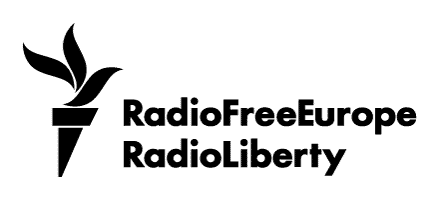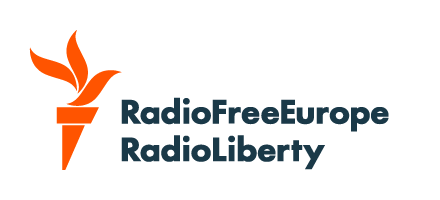Amid deadly fighting between Druze fighters and Bedouin tribal militias in Syria’s southern province of Sweida, one question looms: can Iran use these sectarian clashes to reclaim the influence it built during a decade of civil war?
For years, Iranian commanders and their proxies underpinned Bashar al‑Assad’s government, turning Syria into a land corridor that linked allied groups in Iraq and Lebanon. But since the abrupt collapse of the Assad dynasty last December and the partial withdrawal of Russian forces, Tehran’s dominance has weakened.
Syria’s interim president, former rebel leader Ahmed al‑Sharaa, has struggled to rein in competing factions, creating openings -- and risks -- for Tehran in the south.
The recent violence erupted after the abduction of a Druze merchant and retaliatory kidnappings, which quickly spiraled into widespread bloodshed.
Both sides carried out attacks and reprisal killings.
When Syrian government forces intervened, they were accused of siding with the Bedouins, sparking direct clashes with Druze fighters and allegations of extrajudicial killings, looting, and arson in areas inhabited by the Druze, a religious minority long concentrated in southern Syria with a tradition of self-governance and ambivalent ties to the state.
A cease-fire brokered on July 19 between the government, Druze militias, and Bedouin tribes halted a week of fighting that killed more than 1,000 people. For now, that truce holds, but only tenuously.
Power Vacuums And Old Playbooks
Iran’s long‑standing strategy relies less on overt deployments and more on cultivating local militias and proxy commanders.
When violence flared in western Syria in March, some accused Tehran of stoking unrest, noting that several militia leaders had been trained by the Islamic Revolutionary Guards Corps (IRGC).
At the same time, Iranian officials have positioned themselves as defenders of Syrian sovereignty, condemning Israeli air strikes as “unhinged aggression” and warning against Western interference.
The aim is not purely military; it is also to rebuild political capital among Syrians exhausted by war and wary of foreign domination.
Yet Tehran faces steep obstacles. The Druze, who form the majority in Sweida, remain deeply distrustful of Iran and its Shi'ite proxies. Local Sunni tribes, locked in their own struggles, show little interest in outside patronage.
Challenges And Risks
Adding to these difficulties is Israel’s renewed assertiveness.
Since the fall of Assad’s government, Israeli forces have intensified strikes on suspected Iran‑aligned targets near the occupied Golan Heights, vowing to block any re‑entrenchment. Israeli officials have even framed some attacks on Syrian positions as protecting the Druze.
Complicating matters further is Syria’s fractured local landscape, where shifting loyalties and the rise of warlord rule make any Iranian gains volatile and short‑lived. Meanwhile, Iranian allies elsewhere -- particularly Hezbollah in Lebanon -- have been weakened by heavy losses in recent fighting with Israel.
Beyond Syria, Iran’s network of armed proxies has stepped up activity.
Houthi forces in Yemen recently ended months of calm in the Red Sea with strikes on two commercial vessels. In Iraq, Iran‑aligned militias are suspected of disrupting oil production in the Kurdistan region. And in recent months, Syrian forces and the Lebanese Army have intercepted multiple rocket shipments bound for Hezbollah, which has been designated as a terrorist organization by the United States and other Western countries.
These actions highlight Tehran’s resolve to sustain its proxy network as a core element of its deterrence strategy. Even if large, regular arms shipments are no longer feasible, Iran is intent on signaling that it remains influential and far from the weakened power some might assume.
For now, Tehran’s approach in Syria is likely to be incremental and indirect, shaped by dwindling resources and heightened scrutiny.
Rather than dramatic moves, it will lean on covert arms transfers and efforts to rebuild local alliances.
Yet as long as Israel is watching, Iran’s bid to reestablish a strong foothold in Syria will remain fraught and uncertain.










